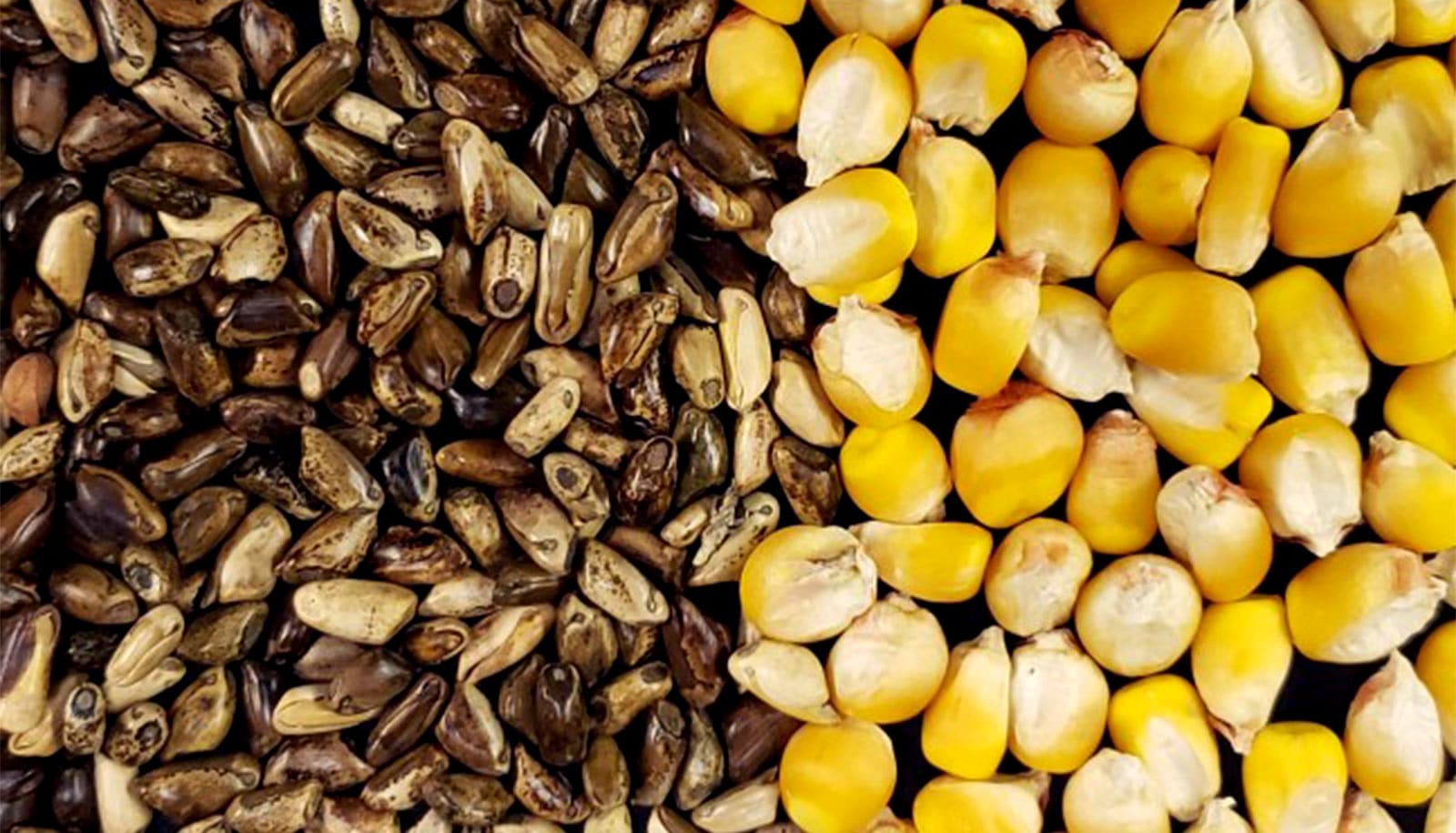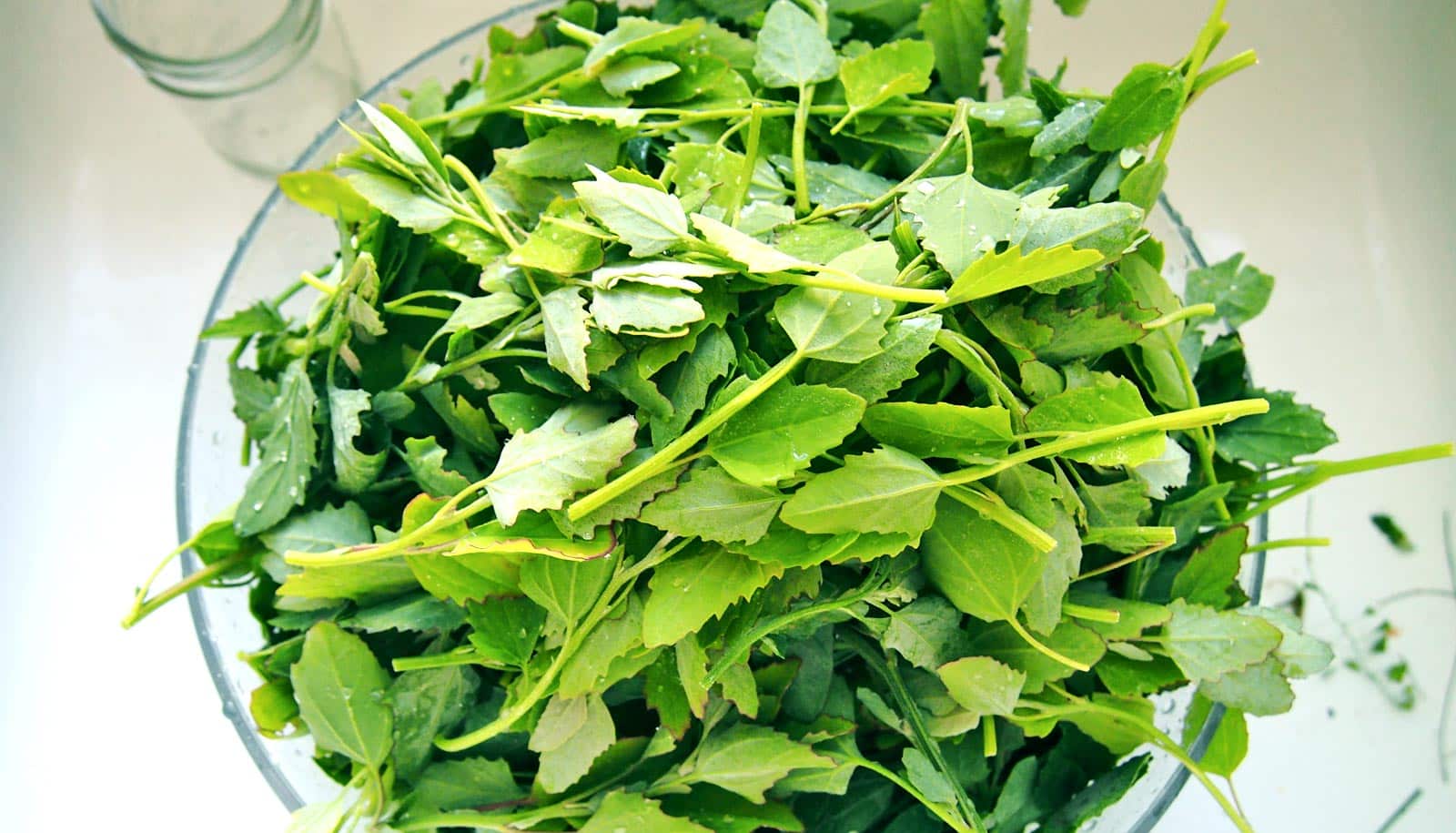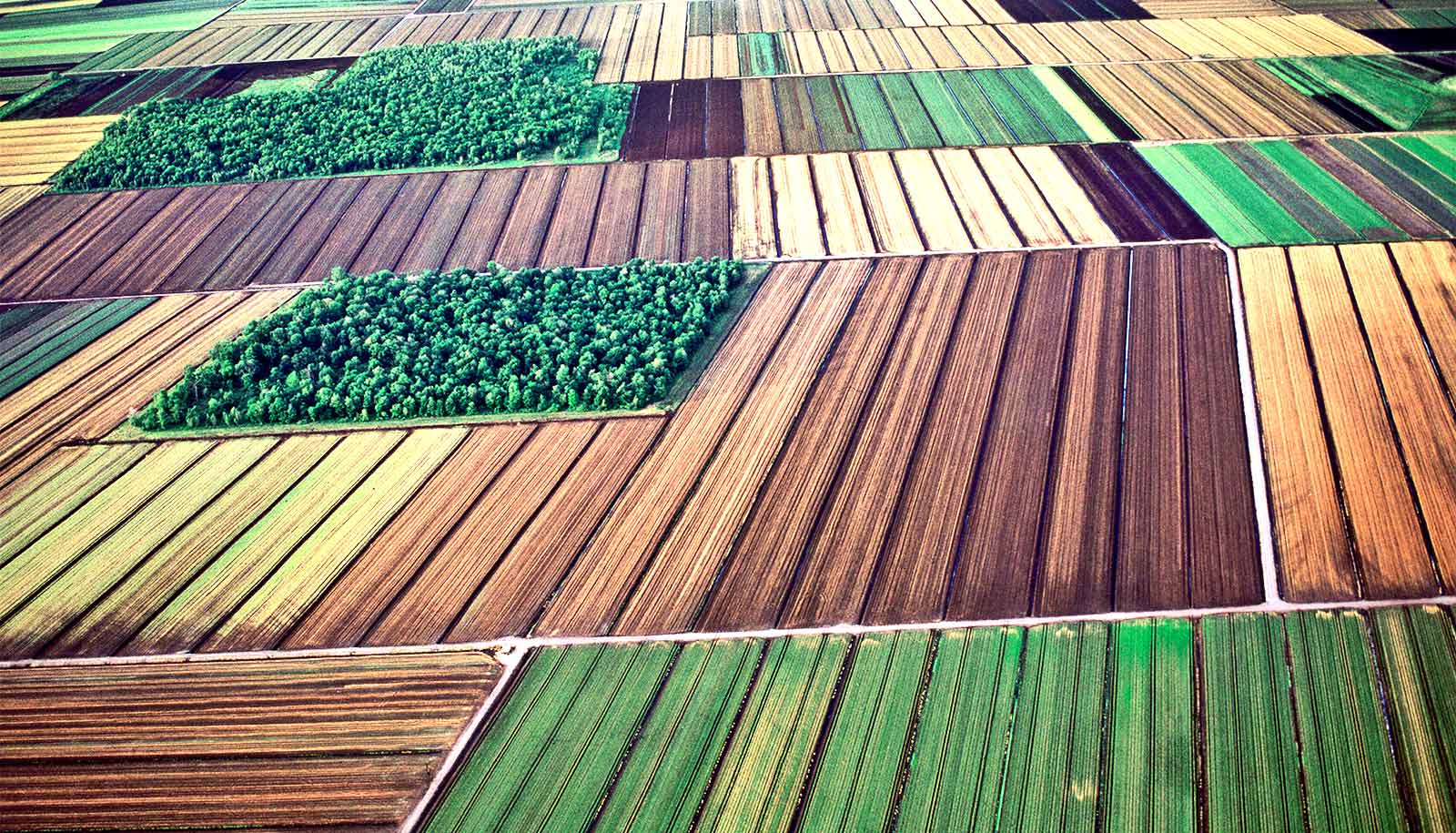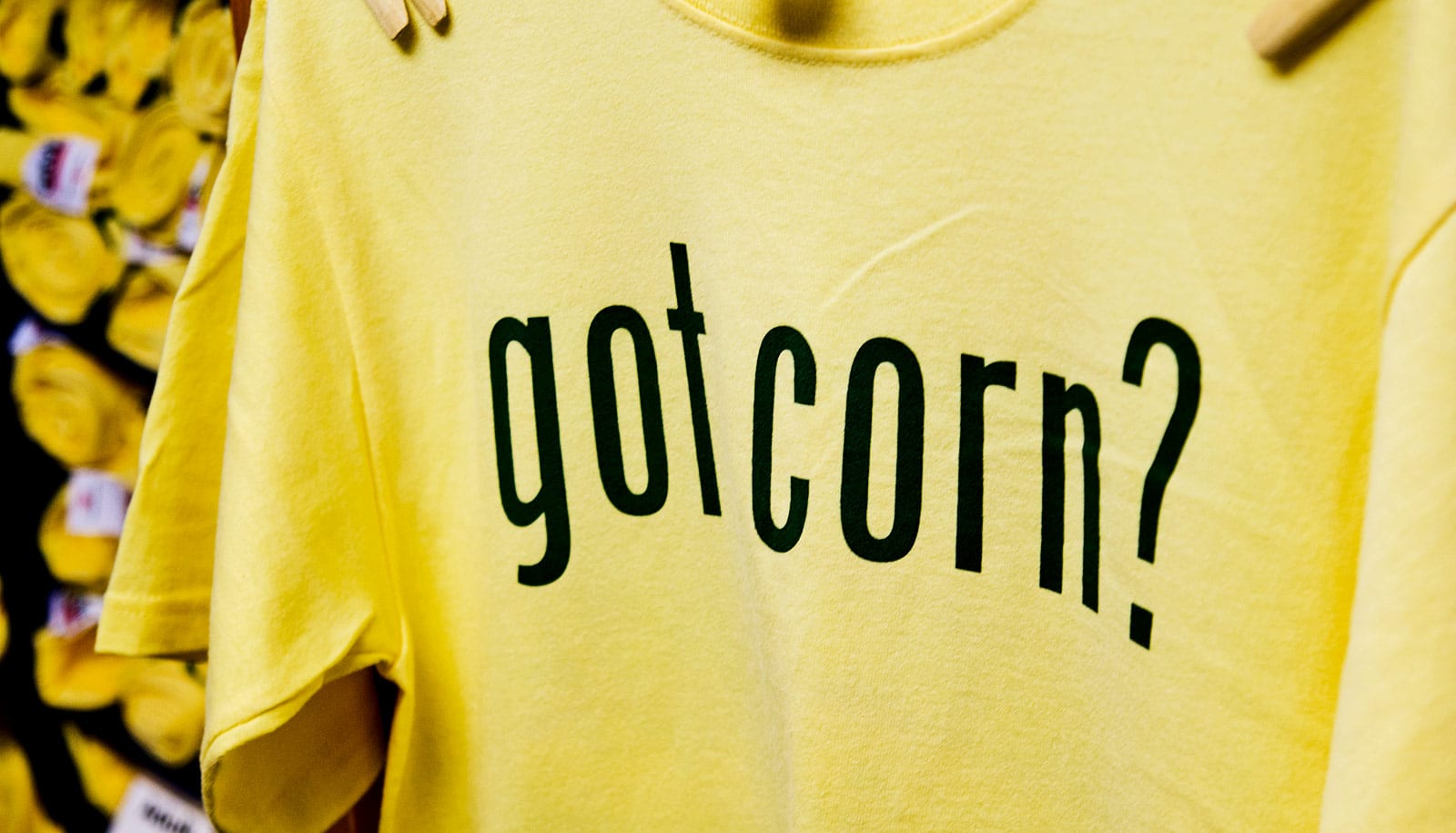Researchers are figuring out how to look back through millennia of domestication to learn how a wild grassy plant known as teosinte developed into corn, the modern cash crop grown across the globe.
The work allows the researchers to compare genes in corn against its wild ancestor. That could help plant breeders identify advantageous traits that may have been bred out of teosinte over the centuries.
The findings in Frontiers of Plant Science detail a new biotech tool that harnesses cutting-edge techniques to produce fertile transgenic teosinte plants for the first time.
Humans began domesticating teosinte, a wild grass native to Mexico, roughly 10,000 years ago. Each teosinte plant yields only up to a dozen kernels, which are tough and contain less nutrients than modern corn. So people selected individual teosinte plants for higher yields, eventually developing new varieties with their own unique traits.
But some of the original genetic material from teosinte got lost along the way. Identifying this genetic material could help breed better corn today, or at least offer scientists clues about how to better harness the genetic diversity of corn, says first author Jacob Zobrist, a graduate student in agronomy at Iowa State University.
“We don’t know what we don’t know about those ancestor traits,” Zobrist says. “It’s our hope to identify traits in the wild ancestor that would be helpful for modern maize. Those traits could include disease resistance and stress resistance as well as nutrient content and maybe even improving growing and flowering times.”
The new study details how the scientists discovered a robust callus induction and regeneration protocol using whorl segments of seedlings germinated from mature seeds. That means the researchers were able to produce callus tissue, which is similar to stem cells that are undifferentiated and haven’t yet developed into variant cells.
These undifferentiated callus cells are amenable to the introduction of new DNA via transgenic technology. Using gene editing technology such as CRISPR, researchers can now target specific teosinte genes and switch them off, giving them a new level of understanding of how the wild plant was domesticated into a global staple crop.
It’s a little bit like reaching back through time to see what traits ancient plant breeders selected for, says Kan Wang, global professor of biotechnology in agronomy and corresponding author of the study. Wang’s laboratory began studying teosinte in 2010, and she says the new study represents a major step forward in understanding teosinte and the origins of modern corn.
“This is going to open up a lot of possibilities for many people who are interested in either basic research or agricultural applied research,” says Wang, who is currently a rotating program director for the National Science Foundation.
Zobrist’s contribution to the research was to make the transformation repeatable by optimizing the culture medium used to grow the teosinte plants. He found a new tissue-culture regimen that included plant hormones in the growth medium.
“We’ve developed the tool, and without it, it’s very difficult to understand teosinte. One of the main players who made that happen was Jacob. He did critical work,” Wang says.
Source: Iowa State University



